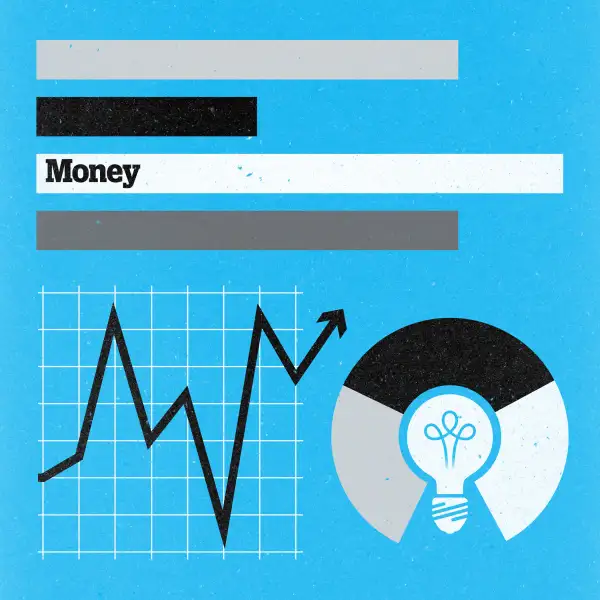How to Invest Money You've Already Tapped from Your Nest Egg
Money is not a client of any investment adviser featured on this page. The information provided on this page is for educational purposes only and is not intended as investment advice. Money does not offer advisory services.

Q: My wife and I started taking required distributions of $1,600 a month from our retirement accounts. We'll need the money in five years to redo our house, at a cost of $30,000, and want to put it in a fund we wouldn't have to check daily. Any thoughts? — Andy in Florida
A: Remember that timing is everything. You have a short-term goal of remodeling your home. At the same time, you’re looking for a do-it-all investment vehicle that will keep your retirement funds at work.
Your best strategy: Divide your distributions into two distinct buckets — one for your upcoming remodeling project and one for longer-term growth. The reason why is that the risk of losing money over a five-year time horizon is considerably higher than it is over a 10-year horizon.
“If you look at five-year rolling periods on the Standard & Poor’s 500 going back to the 1950's, you are about twice as likely to lose money compared with investing for a ten-year rolling period," says Cokie Berenyi, a certified financial planner and founder of the fee-only online investment management firm, Alphavest.
Berenyi's firm looked at every 10-year rolling period between 1928 and 2016 and saw that of the 939 rolling 10-year periods, 118 had a negative total return. In other words, "over a 10-year horizon, the odds of losing money were just 12%," she says. On a 5-year horizon, the likelihood of those losses almost double.
With this in mind, you have two decisions to make. The first is the order in which you put that money into those two buckets:
Option A
Split your monthly distributions equally between short-term savings for the remodel and long-term savings.
This would get you to your $30,000 goal in about four years, give or take depending on how much you pay in taxes on these distributions. Meanwhile, you could start contributing to a fund that offers better growth over a longer time horizon.
Option B
Set aside all of your $1,600 monthly distributions, less taxes, for the remodeling project. At that rate, you will have the $30,000 you need in about two years. Once you’ve paid for the remodel, you can reinvest your distributions for the longer term.
Then the second question is, where to invest this money?
If you're a buy-and-hold investor, the Vanguard LifeStrategy Conservative Growth Fund is one fund that does it all — and with a low annual expense ratio of 0.15%. The fund is very well diversified, with holdings across many different markets, including large U.S. stocks, small-company shares, international equities, and bonds.
If you are gearing toward a set time horizon, say 10 years from now, a target date fund may be a better fit. Most of the major fund companies, including Fidelity, T. Rowe Price and Vanguard, offer such funds, which gradually adjust their allocations with a specific end date in mind. In your case, a 2025 might be the way to go.
Still another route: Pay a low-cost “robo-adviser” to construct a portfolio of exchange-traded funds melds with your timeline and risk tolerance. These firms, which include Wealthfront and Betterment, typically charge less than 0.50%. Even after factoring for fees for the underlying investments, you should be paying less than you would for a single actively-managed mutual fund.
Keep in mind that some advisers in this space are more active than others. While some robo-adviser firms are geared toward buy-and-hold investing, others — including Berenyi’s firm — tactically manage portfolios in order to minimize the impact of bear market losses.